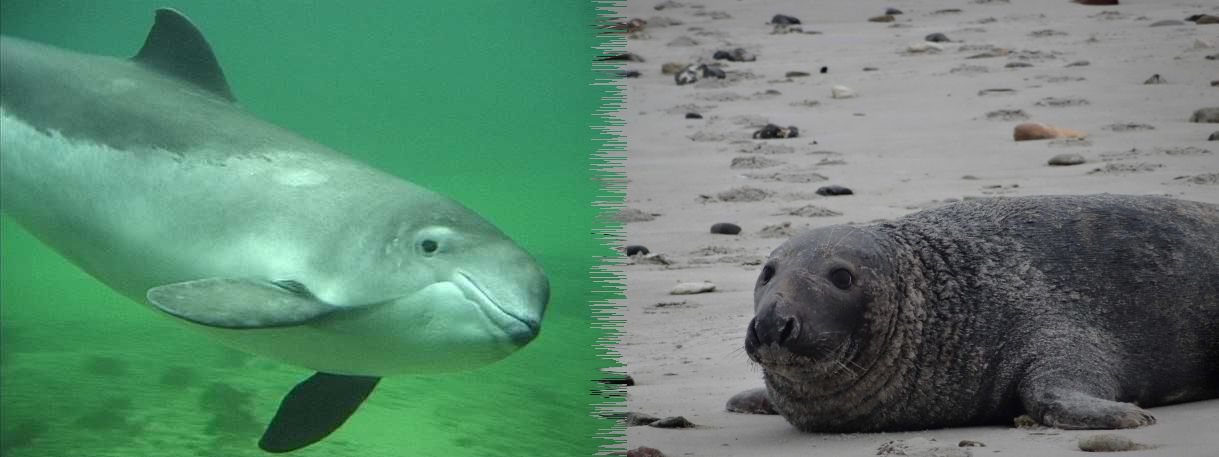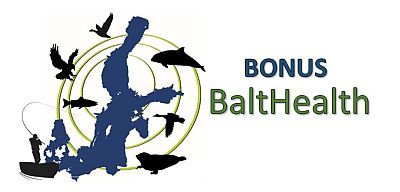
| Project data | |
|---|---|
| Project leader: | Prof. Prof. h. c. Dr. Ursula Siebert |
| Scientist: | Dr. Stephanie Groß |
| Project term: | 04.2017 until 03.2020 |
| Sponsorship: | Project Management Jülich (PTJ) for the Federal Ministry of Education and Research (BMBF) |
| Cooperation partner: |
BONUS country institutions: 1. Aarhus University, Denmark (AU) – Prof. Dr. Rune Dietz 2. University of Veterinary Medicine Hannover, Germany (TIHO) – Prof. Dr. Ursula Siebert 3. Maritimas AB, Sweden (MAB) – Dr. Tero Härkönen. 4. University of Copenhagen, Denmark (UC) – Prof. Dr. Tom Gilbert 5. Stockholm University, Sweden (SU) – Prof. Dr. Cynthia de Wit 6. University of Gothenburg, Sweden (UG) – Prof. Dr. Karin Harding 7. University of Turku, Finland (UTU) – Prof. Dr. Veijo Jormalainen 8. Umeå University, Sweden (UMU) – Prof. Dr. Peter Haglund 9. Swedish museum of Natural History, Sweden (SMNH) – Dr. Anna Roos 10. Natural Resources Institute Finland, Finland (LUKE) – Dr. Kaarina Kauhala 11. Umweltbundesamt, Germany (UBA) – Dr. Jan Koschorreck International collaborators not bordering the Baltic: 12. Norwegian Institute of Nature Research, Norway (NINA) – Dr. Jan Ove Bustnes 13. University of Antwerp, Belgium (UA) – Prof. Dr. Adrian Covaci 14. Environment and Climate Change Canada, Canada (ECCC) – Prof. Dr. Rob Letcher 15. University of Connecticut, USA (UCON) – Prof. Dr. Sylvain Deguise 16. Massachusetts Institute of Technology, USA (MIT) – Prof. Dr. Jonathan Runstadler |
Project description
The Baltic serves as a unique model ecosystem in which top predators can provide early warnings for ecosystem health. Over the last century the Baltic food web has been severly impacted by hazardous substances, hunting, fiheries and eutrophication. The main focus of the proposed project BaltHealth is therefore to investigate spatial and temporal trends in multilevel food web impacts of chemical substances, climate change, zoonotic diseases, and their interactions. The consortium, representing for BONUS countries, provides a unique synergism of extensive ecological, toxicological and veterinary expertise. The consortium has access to state of the art facilities and techniques, as well as decades of acquired samples and data, which will be used to develop novel indicators for animal health and good ecological status. Once having defined the interactions between key ecological and commercial species, separate work packages will investigate food web dynamics of energy and hazardous substances, linkages to pathological, immune and endocrine effect biomarkers, as well as important infectious and zoonotic diseases. All data will feed into an integrated model of health effects of multiple stressors for the Baltic food web. The BaltHealth outcome will furthermore provide novel knowledge for risk assessments by Baltic stakeholders, including HELCOM, ICES, OSPAR and ASCOBANS, and will have large impact through education, public media and the participating national history museum.
Summary of the final report



